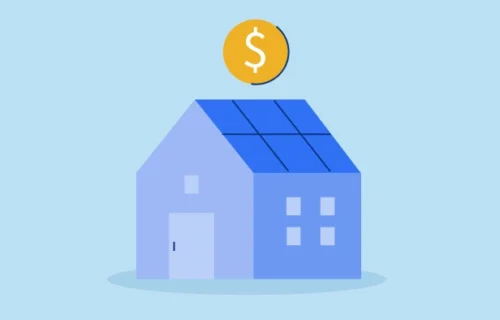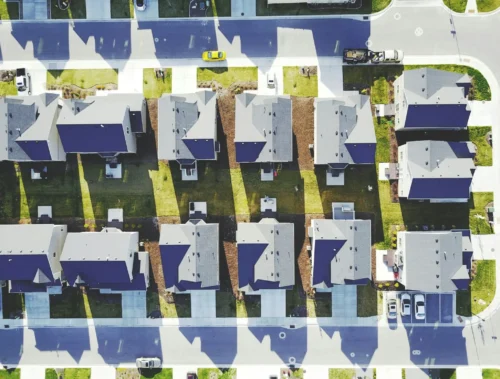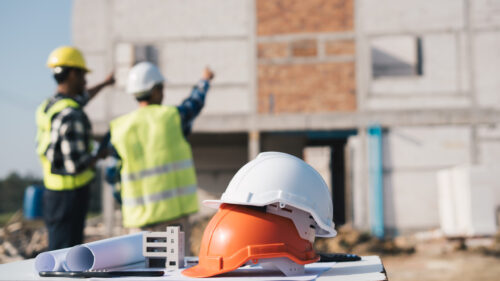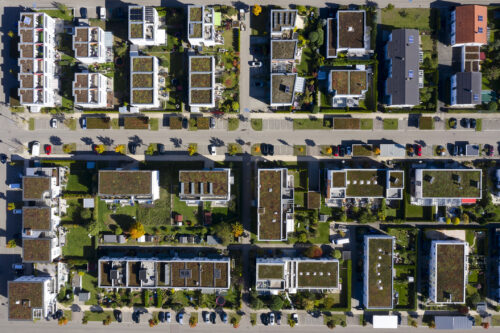
Connect with a Lima One expert today!
If you’d like to know more about this topic or see how it applies to your project, let’s talk.
MultifamilyNew ConstructionRental
What California’s Balcony Law Means for Builders
Understanding California's Balcony Law
California Senate Bill 721 (SB 721) is a new law that requires the inspection and repair of balconies, decks, and stairs that rely in whole or in substantial part on wood structural support (also known as exterior elevated elements) in multifamily properties with three or more units.
The law went into effect on January 1, 2019, but under SB-721, almost all wood-based external elevated structures have until January 1, 2025, to be inspected. California’s balcony law not only creates strict deadlines, but it also carries hefty civil penalties and heavy fines for non-compliance.
Why Was SB 721 Passed?
California Senate Bill 721 (SB 721) was passed in response to a tragic balcony collapse in Berkeley, California in 2015. The collapse killed six college students and injured seven others. An investigation into the collapse found that it was caused by dry rot in wood supports and that the balcony had not been properly inspected.
The purpose of SB 721 is to improve the safety of multifamily residential buildings in California by requiring regular inspections and repairs of exterior elevated elements. The law is designed to prevent accidents and injuries, such as the balcony collapse in Berkeley.
What are the Requirements of SB 721?
Understanding the requirements under California SB 721 is crucial for investors, builders, and even landlords. Here are some of the key requirements within the law:
Mandatory safety inspections
- All multifamily properties with decks, balconies, entries, or elevated walkways are required to have inspections performed every six years by a qualified safety inspector.
- Qualified parties include general contractors licensed in the state of California, certified building inspectors, and architects or engineers.
Assessing repairs
- Inspectors must list repairs in one of two categories: immediate action required and repairs required.
- Failure to meet the repair guidelines could result in a safety lien being filed against the property with daily penalties assessed.
Documented inspection reports
- Inspection reports must be kept for two inspection cycles (a total of 12 years) and must be made available to all officials upon request.
- Each report must include the condition of the property, clarify service expectations for the property, and recommendations for additional inspections if needed.
What Are the Penalties for Non-Compliance?
Lawmakers have included strict penalties for property owners who fail to comply with SB 721. In addition to civil penalties, property owners could be held liable for injuries or damages resulting from a collapse.
The penalties include:
- Fines up to $500 per day for every day the property isn’t in compliance with the law.
- If a building owner refuses to pay the fine, the city can satisfy the lien through foreclosure.
- Local enforcement agencies can recover enforcement costs from landlords, property owners, and property managers.
- Non-compliance may impact the landlord’s insurance eligibility and make it more difficult or impossible to secure adequate insurance coverage.
What Challenges Does SB 721 Create for Real Estate Investors?
One challenge of SB 721 is the cost of compliance.
The inspection and repair of exterior elevated elements can be expensive, especially for older buildings. Another challenge is the availability of qualified inspectors. Not all inspectors are qualified to inspect exterior elevated elements, and it can be difficult to find one who is.
Overall, SB 721 is a positive step for the safety of multifamily residential buildings in California, and it will protect multifamily investors from liability associated with major collapses. While there are some challenges associated with compliance, the benefits of SB 721 should outweigh the costs in the long run.
California SB 721 has been met with mixed reactions. Some people believe that the law is necessary to improve safety, while others believe that it is too burdensome and expensive. It’s an important law aimed at improving the safety of multifamily properties, and it’s important for California real estate investors and property managers to take steps to comply with the law.
Subscribe for More Insights
Get the latest industry news & Lima One updates.









